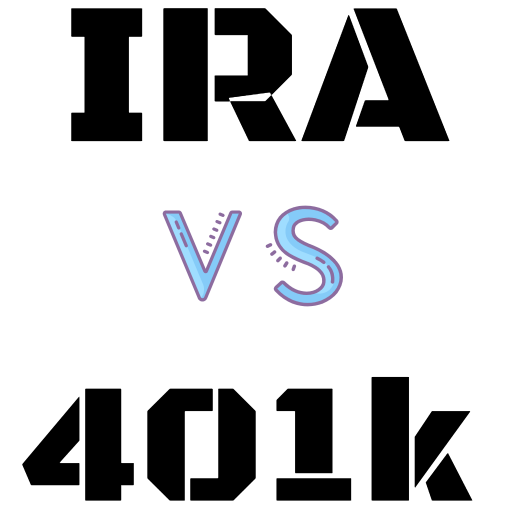
In May 2019, two veteran money managers shared their philosophy with MarketWatch readers that investors shouldn’t be overly focused on the highest dividend yields when selecting stocks for income.
A new screen using the same criteria suggested by one of them now highlights five companies that make the cut. They are listed below.
The original article featured comments from Mike Loewengart, who is now the managing director of investment strategy at E-Trade (which was acquired by Morgan Stanley in October) and Lewis Altfest, president of Altfest Personal Wealth Management, which manages about $1.4 billion for private clients in New York. Both were interviewed again for this article.
A total-return focus
Loewengart believes that a good approach for income-seeking investors is to focus on total return rather than dividend yield. If you are invested in a fund that tracks the S&P 500 Index
SPX,
such as the Vanguard 500 Index Fund
VFIAX,
or the SPDR S&P 500 ETF
SPY,
your current yield is 1.60%. If you were to withdraw 5% a year from your index-fund account, you wouldn’t need much additional growth to keep your balance from shrinking.
Here are average annual returns for the S&P 500 over various long periods through Nov. 23:
| Time period | Average annual total return |
| 3 years | 13.4% |
| 5 years | 13.6% |
| 10 years | 14.1% |
| 15 years | 9.4% |
| 20 years | 7.2% |
| 25 years | 9.5% |
| 30 years | 10.7% |
| Source: FactSet | |
The index has performed very well over the long term since the 2008-2009 financial crisis. But if you go back 20 years, which factors in the bursting of the dot-com bubble in 2000, along with the credit crisis, the 7.2% average annual return would leave a comfortable margin over your 5% annual withdrawal (income) rate.
Of course, some investors will still want to select individual stocks for some of their portfolios.
2020 action, growth and value
Loewengart wasn’t surprised that the updated stock screen — a conservative value-oriented one — came up with a rather small set of companies, because “equity markets have risen considerably.” The S&P 500 Index has advanced 11% this year, excluding dividends. Its current dividend yield of 1.60% is down from 1.79% a year ago, according to FactSet. The decline in the yield has been exacerbated by some dividend cutting and suspensions, as well as more conservative decision-making by many companies that have continued to raise payouts.
Altfest said the stock-screening methodology below is still relevant, but “things have changed” because growth stocks have performed so well. For example, Amazon.com Inc.
AMZN,
is up 68% this year.
“Now, given where stocks are, and the types of stocks, you’re getting more of a play in value, because value does well when economies pick up steam. So that’s where there’s a target of interest,” he said.
Loewengart agrees that “value can be appropriate at this time,” because of this year’s outperformance in growth-oriented sectors. But he stressed that he was “not going to make any prediction” of how well value or growth strategies might perform.
As you see reports of record daily coronavirus case counts, it may be hard to consider value stocks for the eventual economic rebound. But with a reasonable hope for near-term deployment of vaccines from Pfizer Inc.
PFE,
and BioNTech SE
BNTX,
Moderna Inc.
MRNA,
and AstraZeneca PLC
AZN,
the U.S. may well be heading out of the pandemic economy in 2021.
“The value players can do very well in that period,” Altefest said.
Updated stocks screen
Altfest’s suggested screen from May 2019 was to begin with a dividend yield of at least 3.00%, with growth of “at least 4% to 5% a year in revenue and profit.” He also suggested stocks with “lower volatility — in a beta of 1 or below.”
Beta is a measure of price volatility. If a stock has a beta of 1 when compared with the S&P 500 Index, for example, its price volatility for the selected period has matched that of the index. Lower beta means less price movement.
For the updated stock screen, we began with the S&P 500 and narrowed the list:
• Beta for the past 12 months of 1.00 or less, when compared with the price movement of the entire index: 21 companies.
• Dividend yield of at least 3.00%: 39 companies.
• Sales increases of at least 4% over the past 12 months. (In the original screen in May 2019, this parameter was 5%. This time around we are still in Altfest’s range, but have made an allowance for the pandemic’s disruption): eight companies.
• Sales per share increases of at least 4% over the past 12 months — a company may have diluted its shares by issuing more to raise money to weather a crisis, or to make acquisitions or for other corporate purposes. This will reduce sales (and earnings) per share: five companies.
• Once again we skipped earnings because any company’s earnings for a 12-month period can be skewed by one-time events, accounting changes or noncash items.
Here are the five companies that made the cut, sorted alphabetically:
It’s interesting to see that Altria has, by far, the highest yield. This may be because some investors don’t wish to hold shares of a tobacco company (and ESG funds cannot do so). It may also mean investors have little confidence in the company’s ability to maintain its dividend over the long term, if smoking continues to decline and alternative tobacco products don’t make up the difference.
This underscores how important it is for you to do your own research and form your own opinion about a company’s long-term prospects before buying its shares. You can begin that process by clicking on the tickers in the table above.
Here’s more information about each company, including the factors feeding the stock screen and forward price-to-earnings ratios, which compare to a forward P/E of 21.9 for the index:
Scroll the table to see all the data.
Don’t miss: These seven stocks have doubled in 2020 — and analysts say they have further to run
